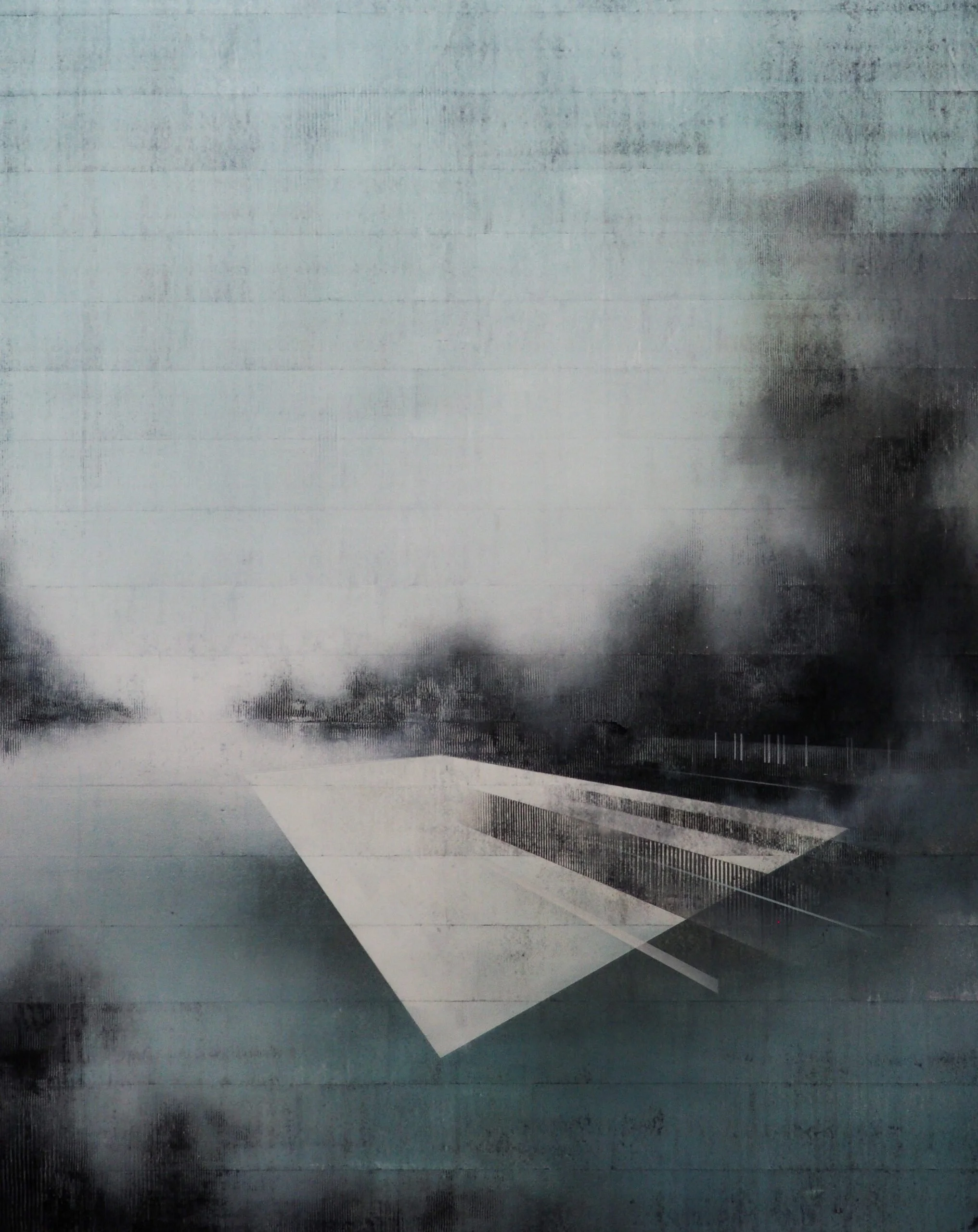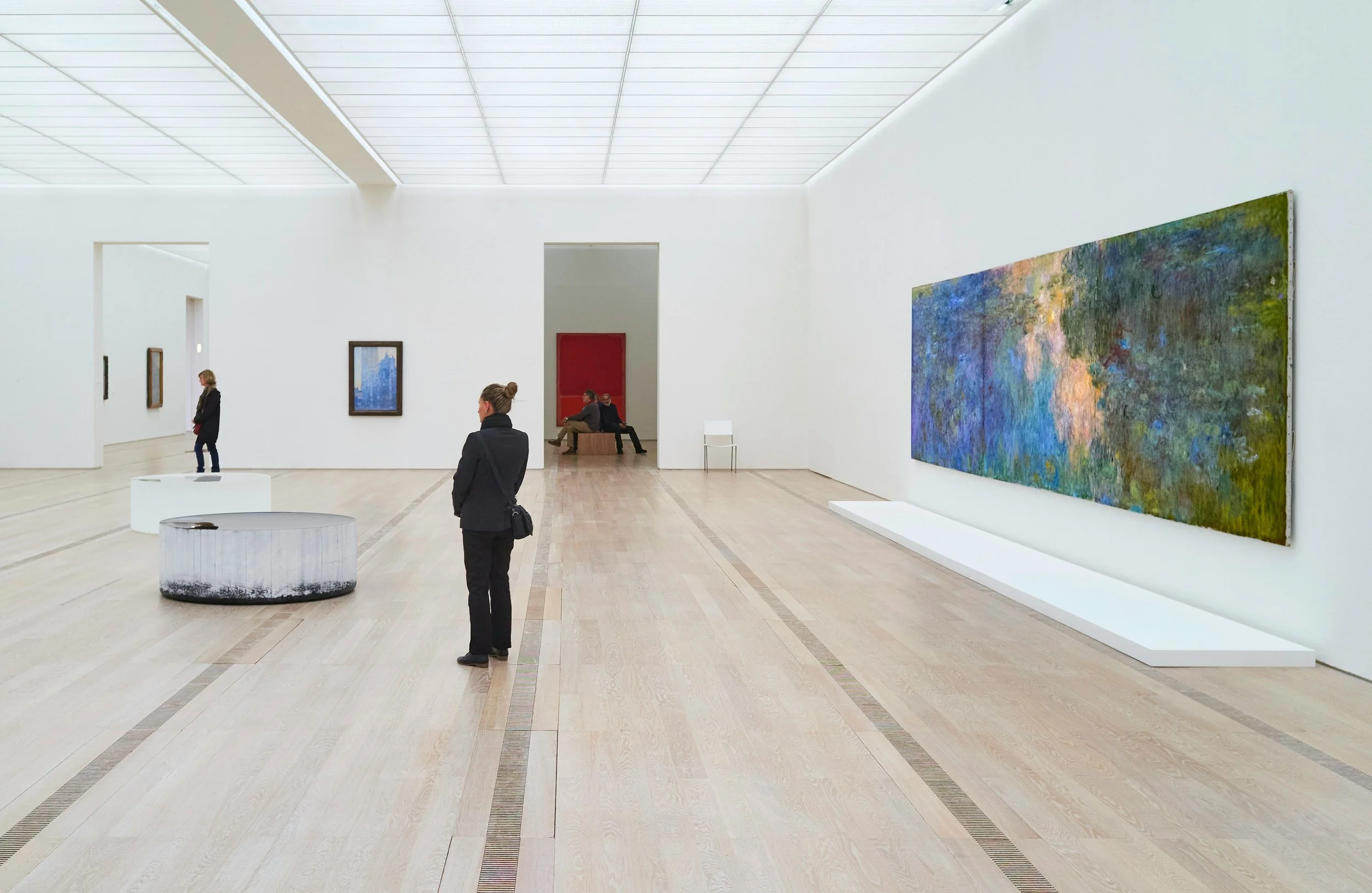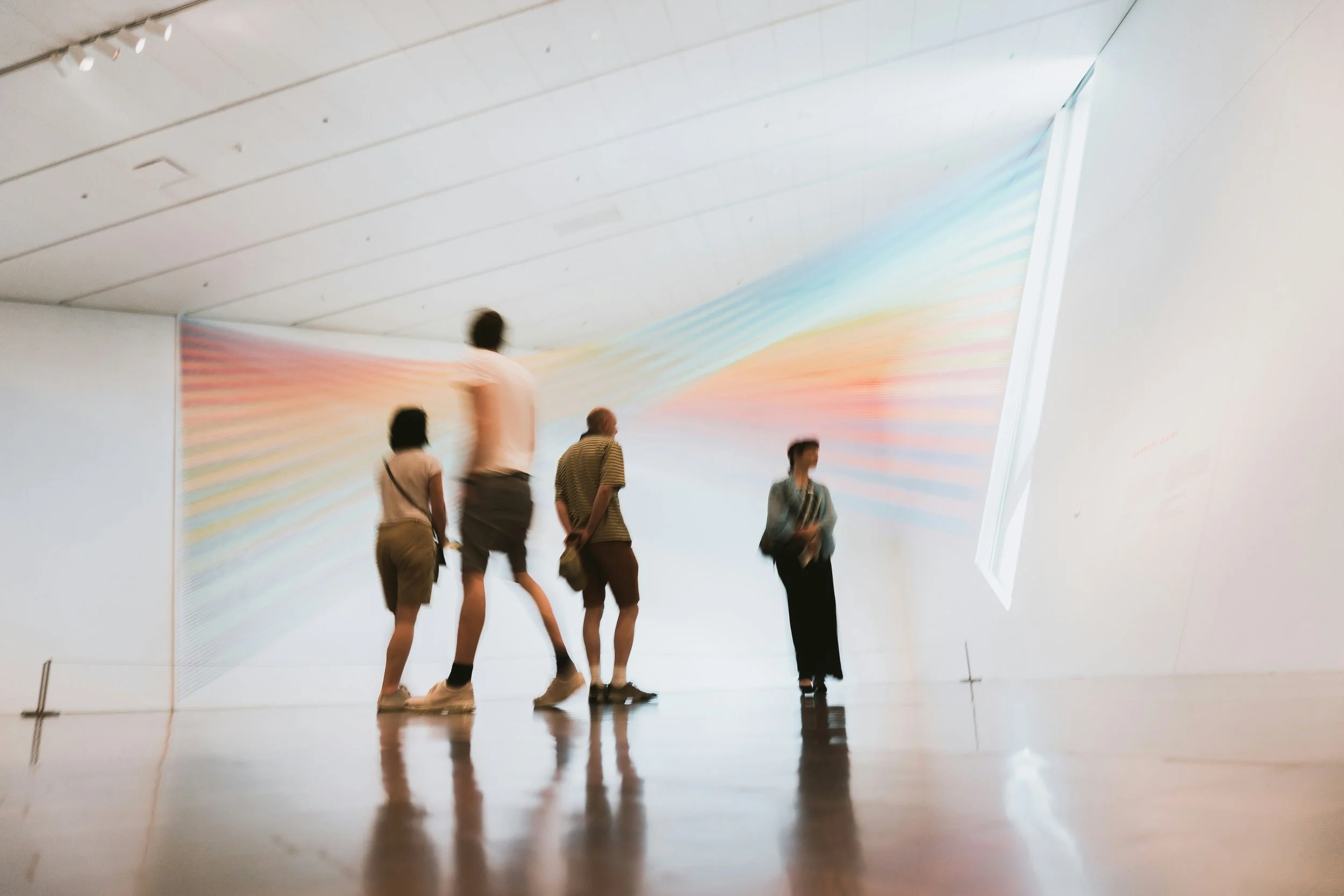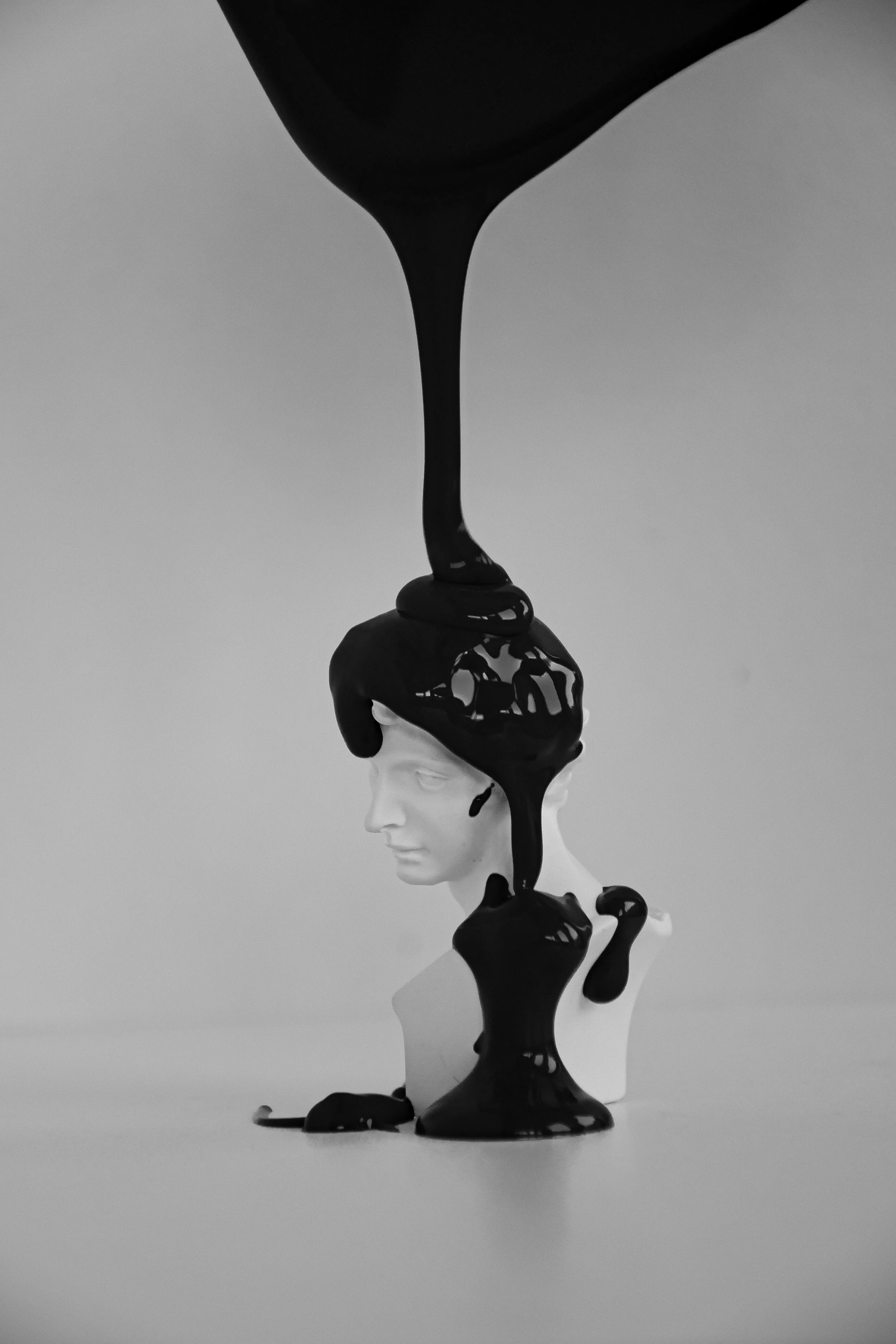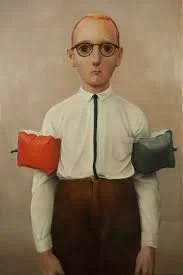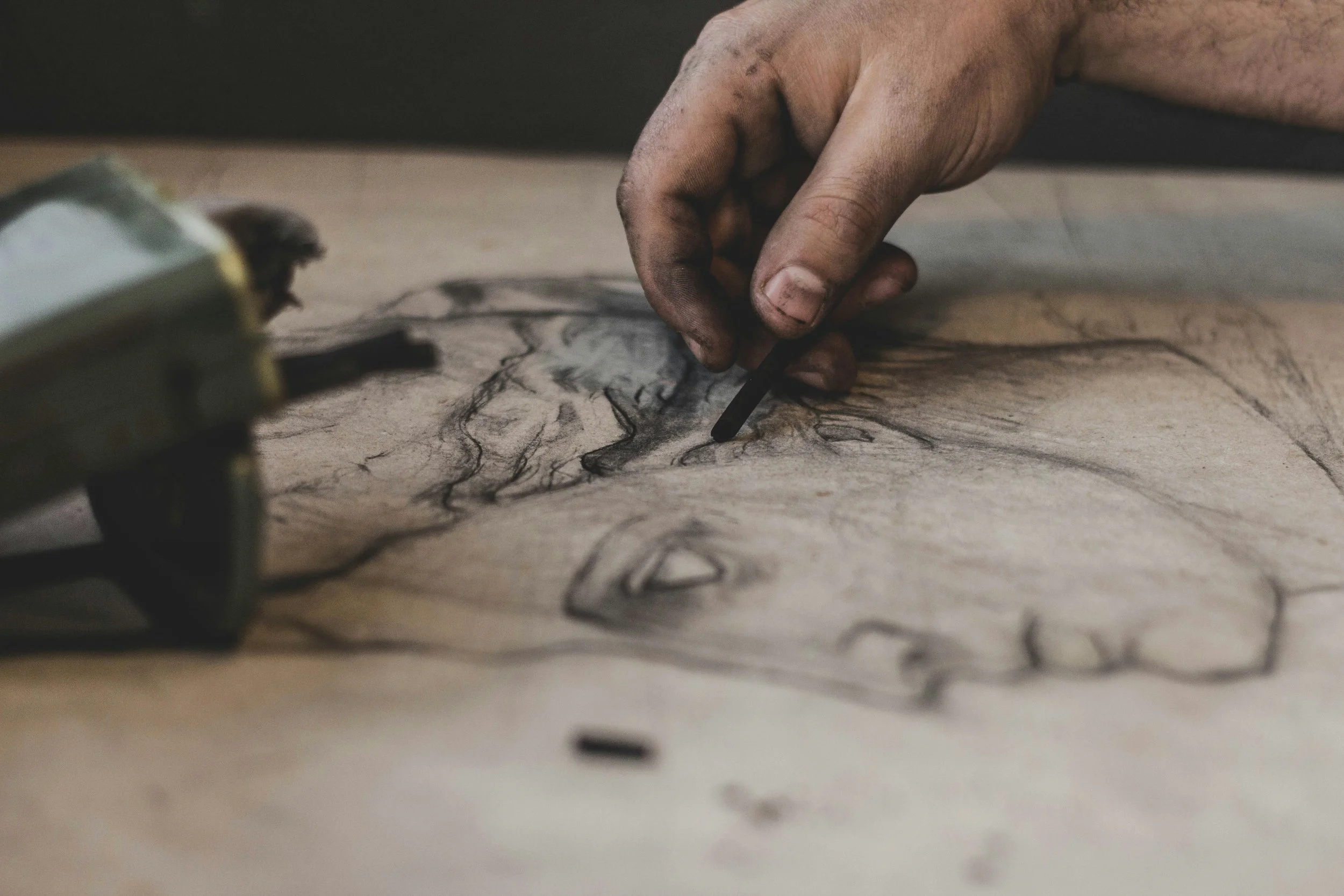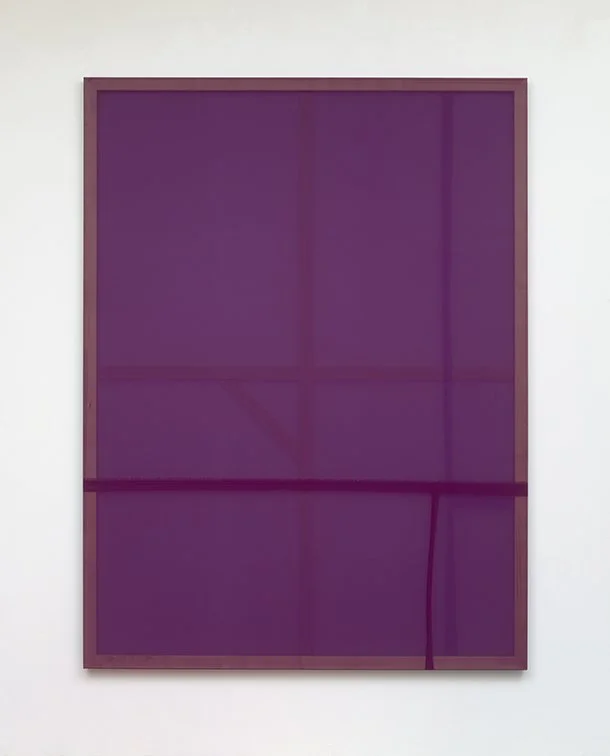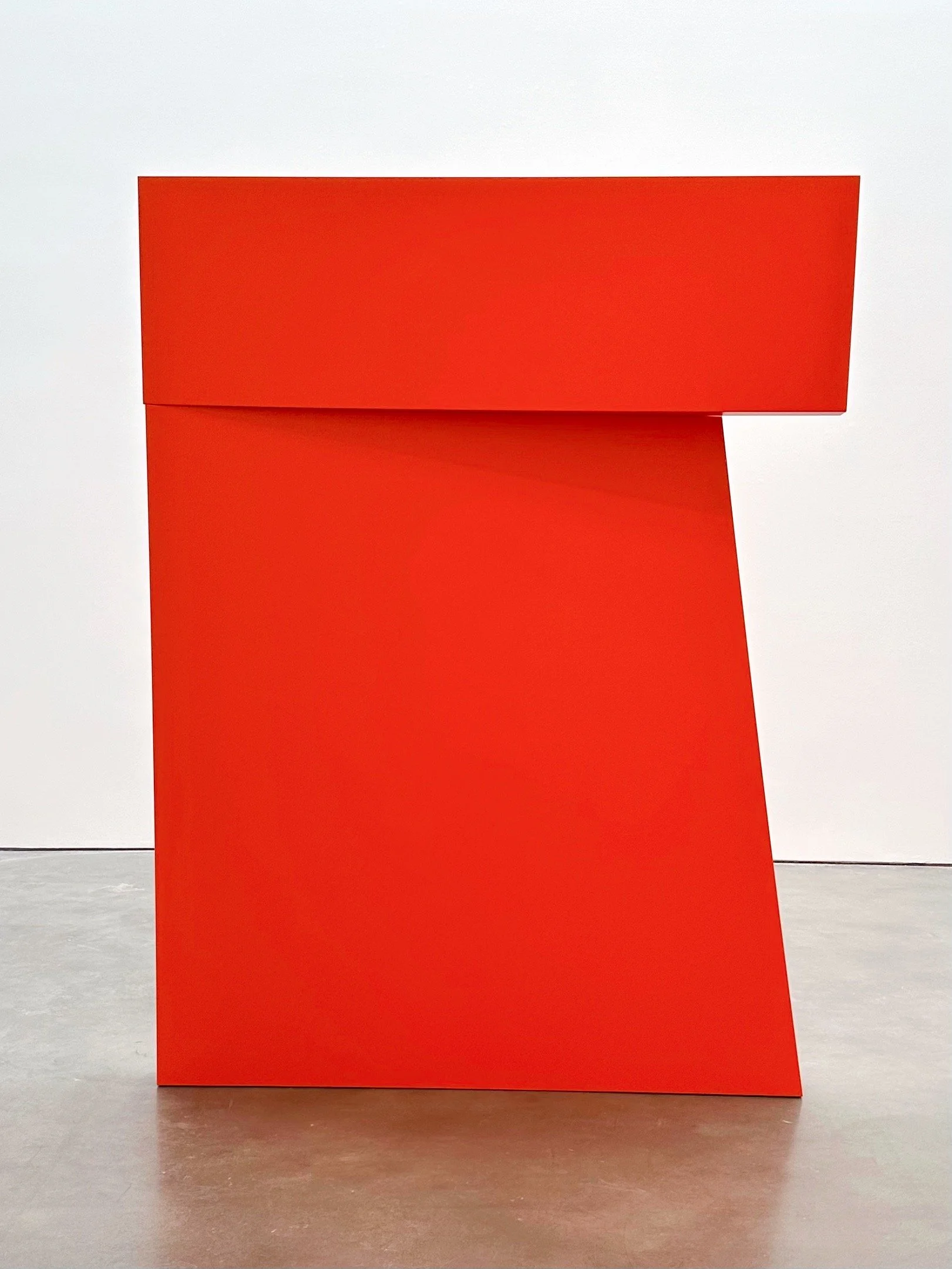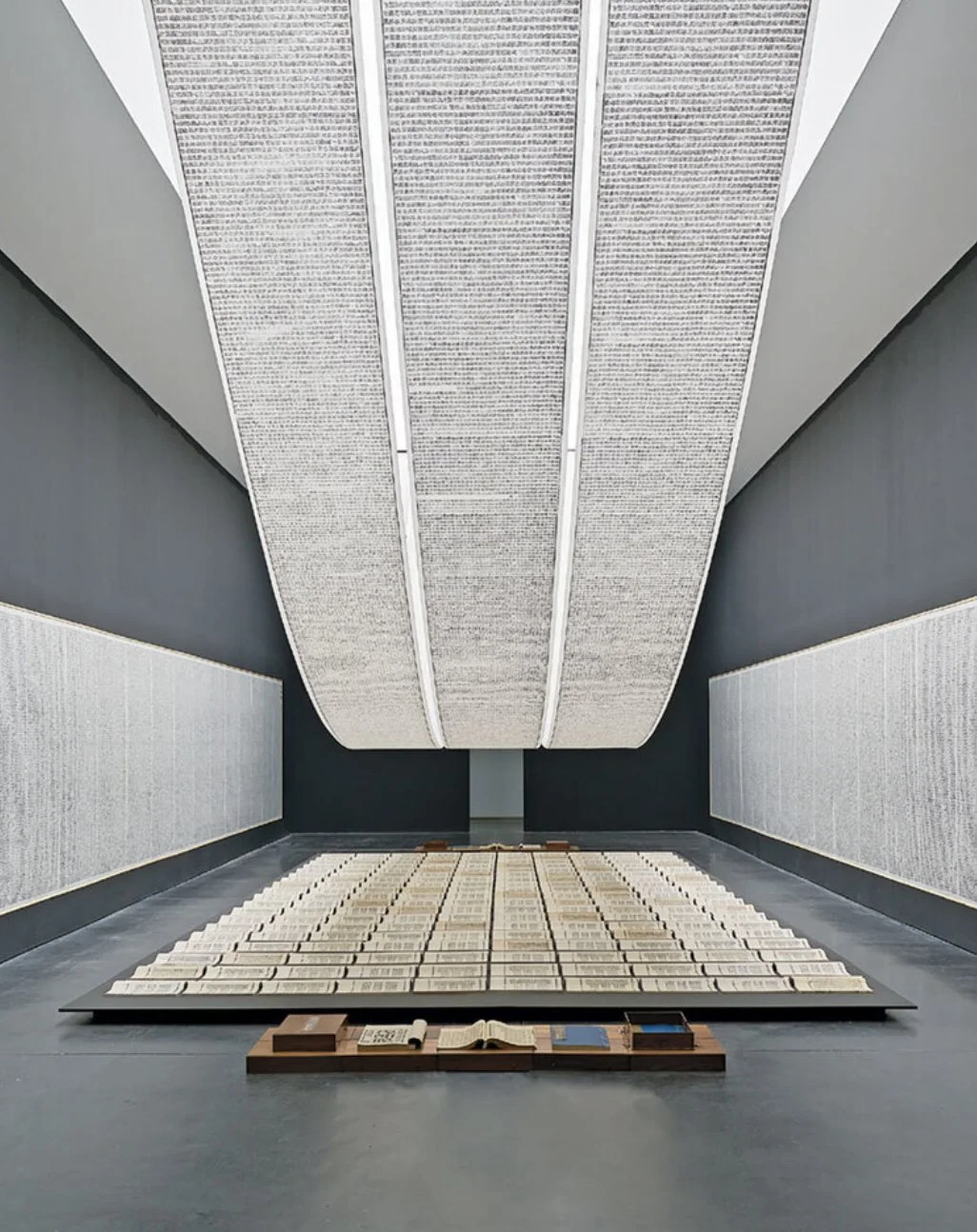The Importance of Context
It is impossible to understand our world (and ourselves in it) without looking at it in context. Context provides us with the information we require to operate successfully in our everyday lives. It is so intertwined within our lives that it dictates every decision we make; in other words, we cannot escape it.
Striated Visions: Nico's Layered Abstract Landscapes
Nico creates large-scale paintings of abstract landscapes in black and white—and often an additional light hue; though his technique and his masterful use of gradient to produce depth render the color palette rather inconsequential. His work is built from the background forward through repeated layering of pigments, which include oils and acrylics.
Brian Alfred, Beauty is a Rare Thing
Strolling through Chelsea, I ended up at the Miles McEnery Gallery—it's one of those places with multiple interconnected spaces that I somehow always get turned around in, though that’s on me. Anyway, I was drawn inside by a show visible right from the sidewalk. It was Brian Alfred’s latest exhibition. The highlight? Catching Brian Alfred himself on the gallery floor, meticulously retouching one of his displayed paintings. A few onlookers were peppering him with questions, some pretty off the mark. I had a few questions of my own—the good questions—but he was dialed in, totally absorbed in his work.
The Impact of Art on Empty Walls
“The emptiness of this wall is driving me nuts,” my client said as we both stare at a massive blank wall in her home. She was right, the room felt incomplete, even unsettling. I’m sure many of you have experienced this feeling before. Ever wonder why? The reason lies deep within the way we perceive our surroundings.
Cultural Layers: Exploring Kotatsu Iwata’s Artistic Evolution
Twenty years ago, I had the pleasure of meeting Kotatsu Iwata, a Japanese artist with an extraordinary talent for capturing the essence of visual culture through his art. At the time, I was excited to learn everything I could about his work, and be exposed to his phenomenal visual language. Among his works, two large-scale Starbucks-inspired paintings stood out, their striking imagery still imprinted in my memory. Two decades later, my enthusiasm for Iwata’s work hasn’t waned.
Serra’s Immersive Legacies
One of the clearest memories I have of my child as a toddler was watching her navigate the grand expanse of the three Richard Serra sculptures on permanent display at DIA Beacon.
A Digital Field of Poppies
Since 2019, Rovner has chronicled these flowers, weaving a narrative that balances the beauty of nature with the shadows of ongoing conflict, infusing her work with tones that reflect themes of loss and resilience—even offering a poignant reflection on the complexities of existence and coexistence.
Laura Schneider—Subjective Truths
A few years ago, a serendipitous message led me to Laura’s art. I’ve been a champion of it ever since, and not surprisingly, as her work is emotionally rich. She is a multidisciplinary artist whose work focuses on memories and their limitations and the subjective truths that emerge from them.
Art Collecting: A Mirror to Our Souls and Societies
At its core, the human inclination to collect art stems from deep socio-anthropological roots. This practice serves as a complex reflection of individual identity, cultural values, and social status.
Beauty and the Brain: A Scientific Look at Aesthetics
Aesthetics is a vital component of our lives, deeply rooted in our evolution and daily existence. Ever wondered why we’re drawn to beautiful things?
Ellen de Meijer: Capturing Society's Dichotomy Through Art
Ellen de Meijer's poignant brushwork brings to life the complex narratives of modern-day archetypes… of society's unspoken challenges and deceptions. Born in 1955, this Dutch contemporary artist delves deep into the psyche of societal constructs, exploring themes such as power dynamics, the erosion of genuine emotion, and the dichotomy between one's public facade and inner truth.
Lines and Vision: Understanding Drawings Through Visual Perception
In the realm of visual arts, lines are more than marks on a page; they are the foundation of visual communication and perception. From the earliest cave paintings to contemporary digital art, lines have been used to represent objects, express emotions, and convey messages. The study of lines and drawings from a visual perception standpoint offers intriguing insights into how our brains interpret these basic elements, transforming them into complex images and ideas.
Unveiling the Unseen: The Art of Franziska Reinbothe
Franziska Reinbothe is an artist who delves deep into the anatomy of a painting, exploring elements that typically remain obscured from the viewer's eye. She possesses a profound fascination with the often overlooked aspects of art pieces—such as the back of a canvas and its edges. Through her approach, Reinbothe seeks to unveil these hidden facets by manipulating substrates in unconventional ways. Her technique includes compressing canvases, exposing stretcher frames, or at times, completely eliminating them. This process allows her to stretch, fold, break, cut, and sew her paintings, transforming them into three-dimensional objects that extend beyond the traditional boundaries of art on a wall.
Asymmetry From All Angles
I don’t know about you, but I can’t make up my mind which is more appealing in art: symmetry or asymmetry. And this goes for all types of art, visual especially, even performance. For days now, I’ve been sifting through endless research on the subject, and one notable thing I’ve come up with is that there are a ton of overly complicated definitions of “symmetry” and “asymmetry.” The ones that I like most happen to be the simplest: SYMMETRY is the identical mirroring of something, while ASYMMETRY is the absence of symmetry. Still, no one (that I’ve found) has been able to define “asymmetry” without first defining “symmetry.” I wonder if asymmetry can stand on its own feet?

